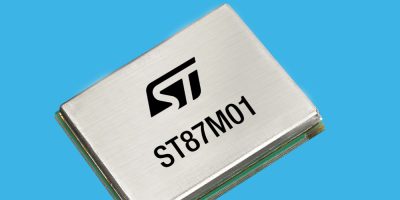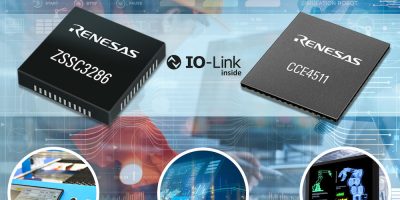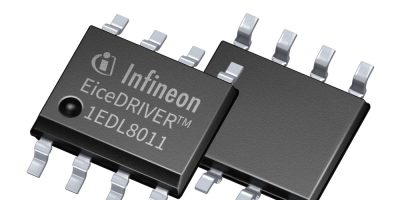ST is making large-scale IoT deployments easier to connect and manage with new enhancements to its cellular data-communications module, accelerating the adoption of sustainable smart grids and smart industry.
The ST87M01 module platform is NB-IoT certified, with an optional state-of-the-art ST4SIM embedded SIM (eSIM) for accessing connectivity services. Furthermore, the modules now come pre-loaded with a Vodafone profile so customers can have quick and easy access to Vodafone’s extensive global connectivity footprint.
Also, ST has added wireless Meter-Bus (wM-Bus) connectivity in the same module, that provides an additional standardised channel, backing up the cellular connection, for collecting data such as household utility consumption. Using wM-Bus can provide cover in case of a cellular network outage and gives flexibility for drive-in and work-in meter readings.
Central to this module’s flexibility is the software-defined radio that ST has specially designed for this device, which enables dynamic switching between cellular NB-IoT and sub-GHz wM-Bus communication modes. This lets the module support a wide variety of use cases and adapt to specific needs including using wM-Bus as backup communication for extra resilience. Further flexibility comes from letting users embed their own code directly in the module for simple applications or connect to a separate host microcontroller in more sophisticated use cases.
In addition, the Vodafone profile is available in the ST87M01 variant that integrates NB-IoT with a multi-constellation GNSS receiver to enable location-based applications such as safety monitoring for remote workers, asset tracking, and general intelligent logistics. The embedded GNSS receiver saves power by operating during NB-IoT sleep time slots. All the ST87M01 module variants are industrial-grade qualified and come with a 10.6mm x 12.8mm package enabling designers to create reliable and cost-effective products with an ultra-compact overall form factor.
By combining location and multi-connectivity options on the same module, the ST87M01 platform can be used for industrial condition monitoring, factory automation, smart agriculture, environmental monitoring, and in smart buildings, smart cities, and smart infrastructure.
The module itself and all the internal components are entirely conceived, designed, and industrialised by ST, which ensures the complete control and management of the bill of materials and supply chain. This represents a unique market offer in terms of product quality, security, and longevity.
The ST87M01 platform is in production now and only available directly from ST. Please contact your local ST sales office for pricing and sample options.







